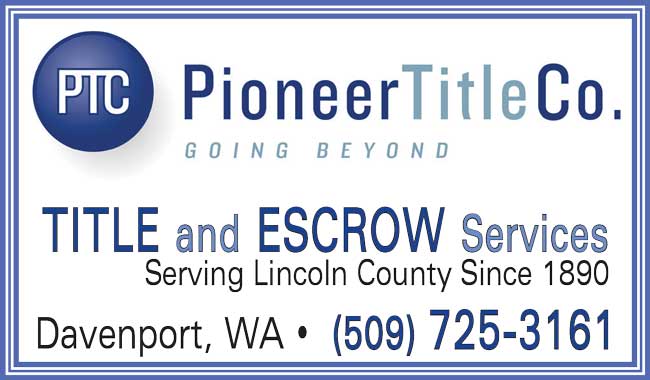Excerpted from Chapter Two…
Medicare, the federal health insurance program for people age 65 and over, does not cover assisted living expenses. Even coverage of skilled nursing care facilities is limited. Medicaid is the joint federal/state program that covers medical costs for some people with limited income and resources, but Medicaid enrollment can be complicated.
Depending on the state you live in, Medicaid may be referred to by an alternative name (such as Apple Health in Washington state), but the processes are similar. I suggest you contact your state’s long-term care agency to verify any information. Programs change often and aren’t the same in every state.
As an example, here’s how things work in Washington state: let’s say Margaret has exhausted her savings. She no longer has any assets, and she’s living off of her Social Security income. Her primary care physician diagnoses her with a medically necessary requirement for assisted living, and she meets the state guidelines for the diagnoses.

Margaret will need to complete and submit an application for service initiation to The Department of State Health Services, or DSHS. These applications can be obtained by calling the local DSHS office or visiting the DSHS website. Once the application is submitted, she will be assigned a caseworker, and an assessment is scheduled. This assessment will consist of the caseworker reviewing Margaret’s medical history, gathering demographic information, and verifying her medically necessary needs.
While awaiting the assessment, Margaret will gather all of her financial documentation from the last five years (this varies per state, also) to include bank statements and proof to track where all of her money had been spent. Essentially, she will be required to validate that she didn’t “give it all away” to a friend or family, or invested it somewhere, or cashed out a lump sum of money.
Upon completion of the assessment, the case is transferred to a DSHS financial caseworker. From there, the financial caseworker will review everything thoroughly and request additional documents if there are financial questions.
Assuming that all financial requirements are met per state regulations, and the medical assessment has been approved and processed, Margaret will receive a confirmation of approval for long-term care services from DSHS with an effective date. Depending on the state, the letter will also include a monthly amount owed to the assisted living facility, which is usually the Social Security monthly payment less a meager amount for personal expenses. In Washington state, Margaret is able to retain about $60 per month. The monthly amount can fluctuate if she has medical expenses that are not covered by Medicaid; she would submit a receipt for those expenses to her caseworker, who then adjusts the amount owed for that particular month to offset the cost.
Now that you know the enrollment process (once more, it varies from state to state, so this example is generic but closely resembles the process), here’s how Medicaid works in the assisted living environment and why it is difficult to find a facility that has immediate openings for a Medicaid resident.
As I mentioned above, a facility charges an average of $2,000 to $7,000 for private pay residents. In Washington state, Medicaid pays a maximum of around $1,800 per month. Also, the state requires the assisted living facility to furnish all toiletries and personal hygiene items such as toilet paper, tissue, shampoo, and more. Other miscellaneous charges such as late fees or room service fees cannot be charged to the resident; therefore, the facility must provide some services free of charge. The assisted living facility loses a significant amount of money to house a senior on Medicaid when the Medicaid payment barely covers the cost of food or wages.
“You don’t have any openings? What are we supposed to do? This is outrageous!” says the distressed family member on the phone. Outrageous? Absolutely. From a family member’s standpoint, it’s terrifying to run into this obstacle. It is not necessarily the facility’s fault but the responsibility of state lawmakers who set the Medicaid reimbursement rates. To put it into perspective, a senior on Medicaid in an assisted living facility has access to medical professionals, physical and occupational therapist services, meals, housekeeping, maintenance, social activities, hygiene products, amenities and personal services typically not provided at home, for a price that is comparable to a non-assisted apartment in town. The facility will budget for a particular number of apartments to house Medicaid paying residents, but they must accommodate those who are currently in the facility and “spending down” their savings. Once all of the current resident’s funds are exhausted, they, too, will begin the Medicaid enrollment process. The facility will likely continue their residency if the resident has met a two or three-year private pay requirement before accepting Medicaid.
NO MEDICAID OPENINGS? NOW WHAT?
Let’s say your loved one receives a letter and is approved for Medicaid benefits. You pick up the phone and begin calling a few of the local assisted living facilities to inquire about their availability. Each community tells you that they don’t have any Medicaid openings at this time and their waitlist is one year long. You hang up, feeling defeated, angry and lost.
Now what?
You’re in a situation that many others are experiencing, and it’s going to take resilience to overcome this challenge. Fortunately, there are a few temporary solutions while we wait for an opening. Each circumstance will be different, and these solutions may not be appropriate for everyone, but it will give you a good place to start.
Assuming you’re not in crisis-mode and considering your loved one is living independently; the first step would be to secure their environment.





